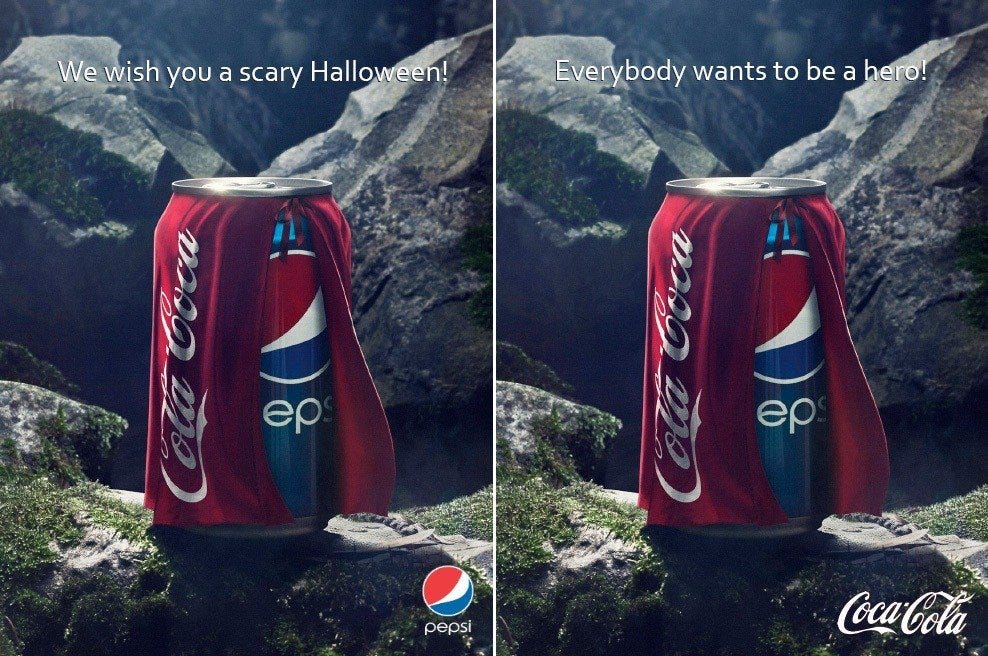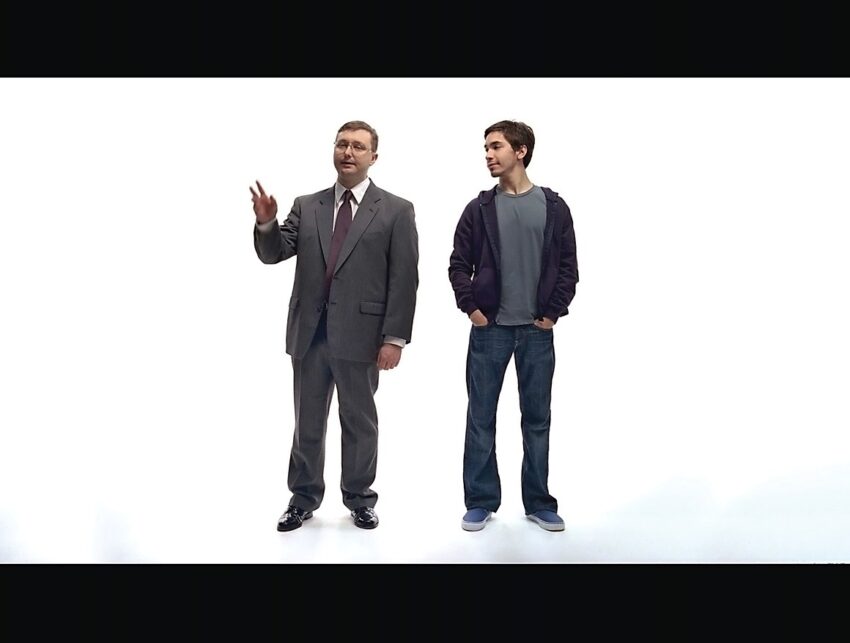Every hero worth his salt has a nemesis. The Joker to their Batman, the Green Goblin to their Spiderman or Lex Luthur to their Superman.
I think a lot about what brands that have failed to find their way in the world are missing and 9 in 10 times, one critical mistake marketers are making is neglecting to find their antagonist. While it’s wholesome to say your brand is made of natural ingredients, family owned and that you’re passionate about giving back, these are not nearly as compelling as building your brand story around a villain.
Think about the way that movies use villains to draw the audiences in. In many cases, the villain plays just as important a role as the protagonist. Without the villain, nothing would challenge the hero or even give them a chance to show off their heroism.

With brand storytelling, finding your enemy is where the creative and cultural tension comes from, allowing you to take a bet and break through the marketing landscape clutter to get noticed.
In other words, if you’re truly standing up for something, then you must — by definition — also be standing up against something.
Challenger brands tend to inherently understand this, often positioning themselves firmly against an enemy in many cases the category leader or accepted status quo and their shortcomings and systematically fighting these norms. T-Mobile’s Uncarrier campaign and the Mini Cooper’s “Motoring versus driving” are classic examples of taking aim at category defaults and disrupting them.
The big question then becomes “How do I find my villain?”
1. The first place to look is within: Identifying your antagonist can often be as simple as personifying the struggle that your brand empowers users to overcome. For oral health brands this can look like weak gums or bad breath, for investment brands it’s the rising cost of living and for software tools it’s the complexities of manual work. The one thing to note when using this approach to find your brand villain is that your product must be the villains only weakness
2. The next best thing is to look outside and pick on the competition.
Wendy’s and Burger King do a great job of positioning McDonalds as the ultimate evil as do Pepsi and Coke. The good news is that people love and eat up this approach. It’s important however to be sure that your brand isn’t at risk of talking to the other brand and not your audience. This risk gets even worse if you don’t do your research and the idea flops leading to free publicity for the intended villain

All in all, the most important thing is to not fall prey to what I like to call the “world peace” trap and stand for something completely unedgy and unobjectionable leading to a brand that is totally generic and forgettable. Even world peace needs wars and conflicts to resolve to be meaningful.
Find your enemy and pick a fight.

